Welcome to Liguria’s Western Riviera, a stunning stretch of the Italian coastline where dramatic cliffs meet the blue Mediterranean waters. I fell in love with this c-shaped region during my first visit, drawn in by the charming seaside towns, incredible beaches, and food that still haunts my dreams.
From the popular spots like Finale Ligure to hidden gems, this coastline offers a perfect mix of relaxation and adventure.
Liguria’s Western Riviera offers travelers a unique blend of breathtaking coastal scenery, charming historic towns, and incredible cuisine including the freshest seafood and authentic pesto you’ll ever taste. During my travels along this beautiful stretch of the Italian Riviera, I discovered that each town has its own distinct personality – some buzzing with activity, others peaceful havens where time seems to stand still.
What makes this region truly special is how it balances natural beauty with rich cultural experiences. I’ve spent afternoons lounging on golden beaches, evenings wandering through narrow medieval streets, and nights dining at family-run restaurants where recipes have been passed down for generations. Whether you’re a beach lover, history buff, or food enthusiast, Liguria’s Western Riviera promises an unforgettable Mediterranean experience that will keep you coming back for more.
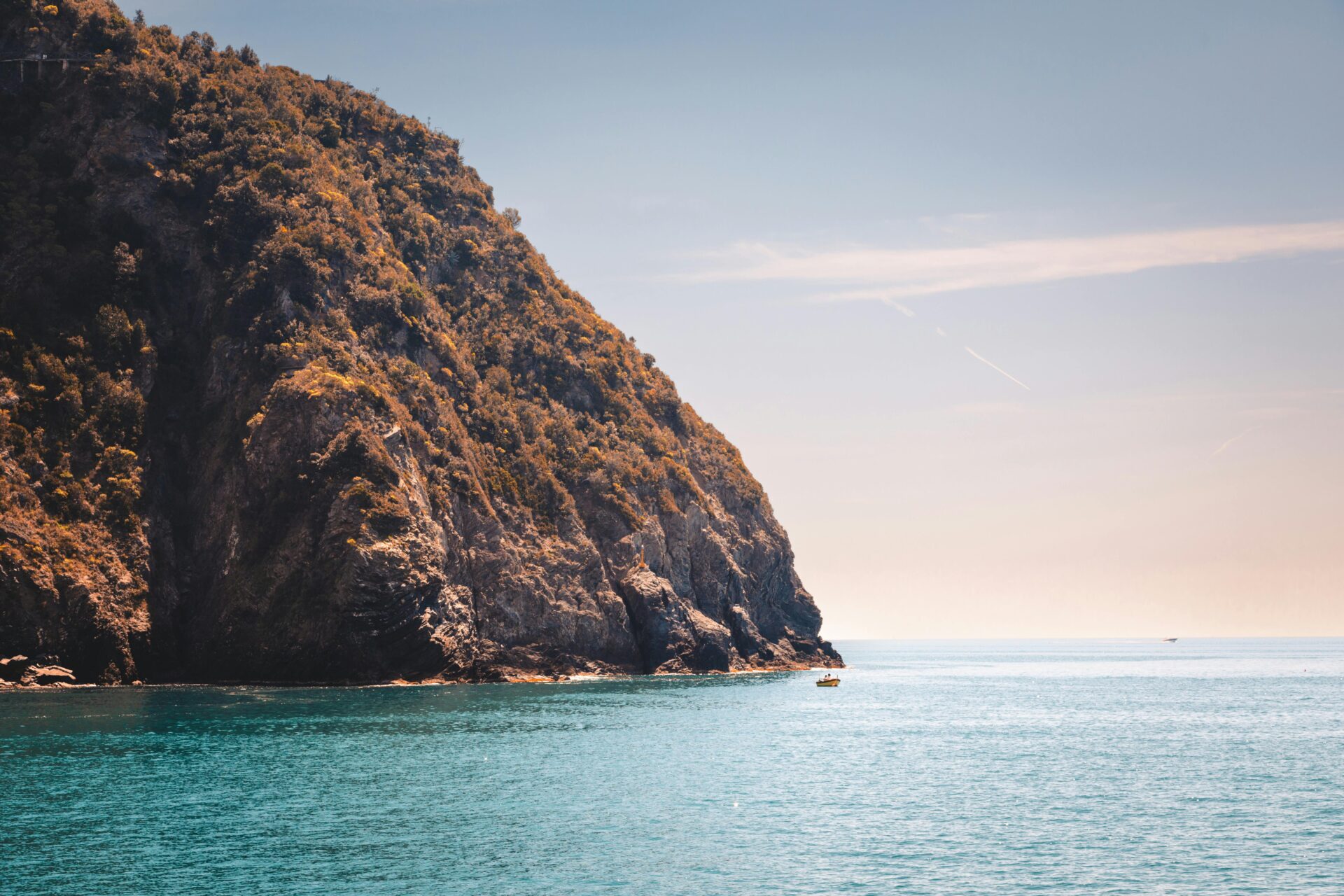
Discovering Liguria’s Western Riviera
The Western Riviera of Liguria, known locally as Riviera di Ponente, offers a stunning coastline that stretches from Genoa westward to the French border. This less touristy half of the Ligurian coast hides some of Italy’s most beautiful beaches and charming towns with authentic Italian character.
Top Beach Destinations and Hidden Gems
I’ve spent countless summers exploring the beaches of Liguria’s Western Riviera, and Varigotti remains my absolute favorite. This colorful fishing village boasts a golden sand beach that feels more like the Mediterranean than typical Italian shores. The crystal-clear turquoise waters are perfect for swimming.
Finale Ligure offers three distinct beach areas with the main Finale Marina providing a vibrant atmosphere. For something quieter, head to the pebble beaches of Noli, a medieval town with a protected bay perfect for families.
Alassio, nicknamed “the pearl of the Riviera delle Palme,” features a 3km stretch of fine sand. The beach is lined with colorful umbrellas and comfortable facilities. It’s popular but worth visiting for its soft sand and shallow entry.
My secret spot? The tiny coves near Verezzi require a short hike down but reward you with near-private swimming in stunning blue waters.

Exploring The Charm of Western Riviera’s Towns
San Remo (or Sanremo) stands as the crown jewel of Ponente, famous for its casino, music festival, and beautiful Liberty-style architecture. I love wandering through its medieval La Pigna district, where narrow alleys wind uphill revealing stunning sea views.
Savona surprised me with its authentic character. This working port city features a beautiful Priamar Fortress and a historic center filled with local shops rather than tourist traps. Don’t miss the ceramic district!
The colorful houses of Noli create a postcard-perfect scene against its medieval towers. This former maritime republic maintains much of its historic charm with fewer crowds than eastern Riviera towns.
Finale Ligure combines three distinct areas: Finale Marina (beachfront), Finalborgo (medieval walled village), and Finale Pia. I particularly recommend evening walks in Finalborgo, with its beautifully preserved architecture and lively piazzas.

A Gastronomic Adventure
Liguria’s culinary landscape is a feast for the senses, where ancient traditions meet the freshest ingredients from land and sea. The region’s gastronomic identity centers around simple yet bold flavors that tell stories of its maritime heritage and sun-drenched hillsides.
Savoring Liguria’s Culinary Delights
I discovered that Ligurian cuisine goes far beyond the famous pesto. While exploring the Western Riviera, I found that authentic pesto alla genovese is a revelation – made with fresh basil grown on sun-soaked terraces, pine nuts, garlic, Parmigiano-Reggiano, and local olive oil.
The coastal towns offer incredible seafood dishes. In small family-run trattorias, I enjoyed anchovies prepared five different ways and delicate fish stews simmered in white wine.
Don’t miss these local specialties:
- Farinata (chickpea pancake)
- Pansotti (stuffed pasta with walnut sauce)
- Focaccia di Recco (thin bread filled with cheese)
For dessert, try Sciacchetrà, a sweet dessert wine from the Cinque Terre that pairs perfectly with local cheeses or almond cookies.
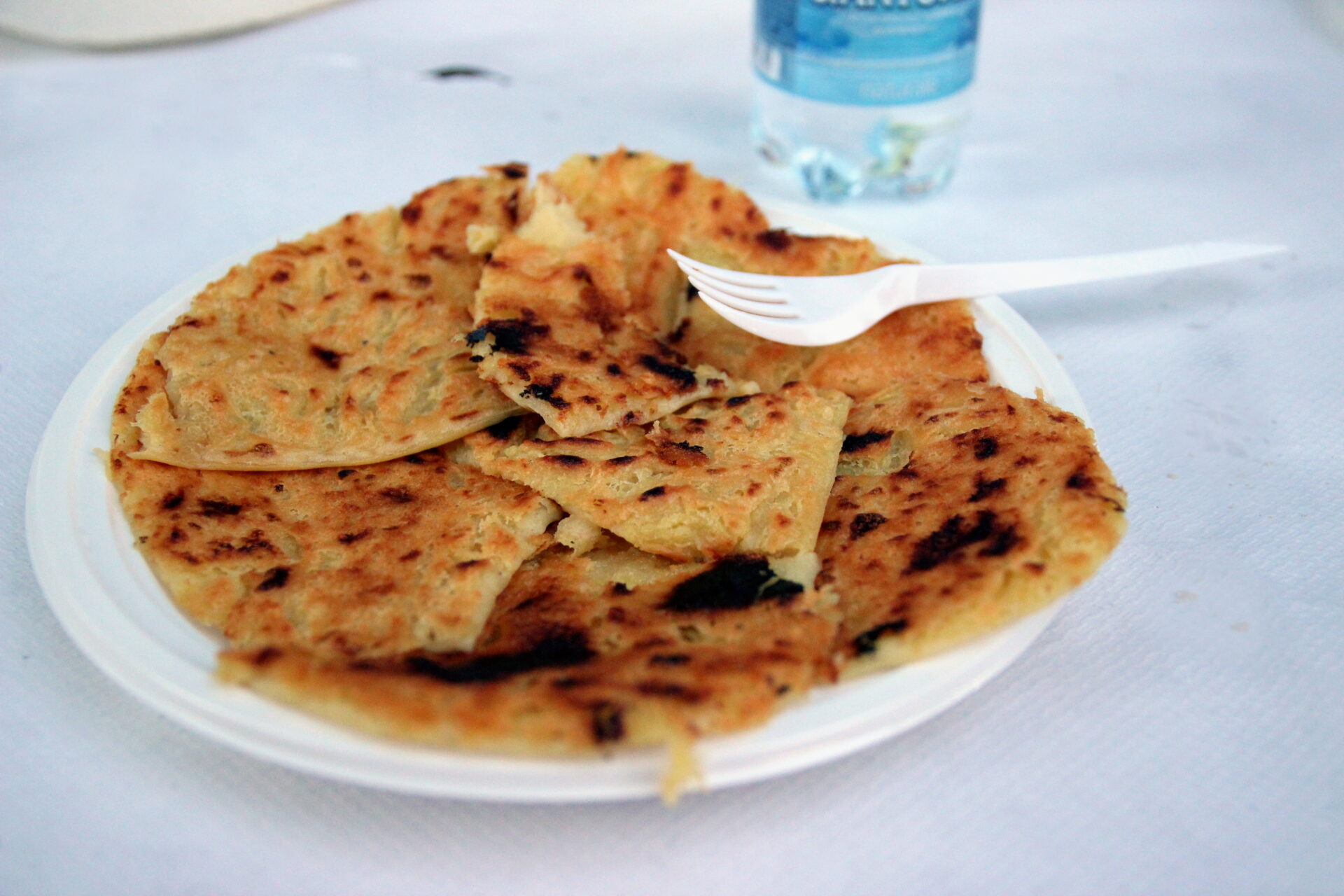
Local Markets and Ligurian Olive Oil Tastings
The morning markets in towns like Sanremo and Imperia showcase Liguria’s agricultural bounty. I wandered through stalls of vibrant produce, stopping to chat with farmers about their prized Taggiasca olives.
These small, delicate olives produce an oil that’s significantly different from other Italian varieties – lighter, with subtle notes of almonds and pine nuts. Many family estates offer tastings where I learned to identify high-quality oils by their peppery finish.
My favorite market experience was joining locals for a mid-morning snack of fresh focaccia sprinkled with sea salt, paired with a tiny espresso at a market café.
Look for oil producers near the ancient olive groves surrounding Dolceacqua, where centuries-old trees grow alongside the stone walls of medieval villages. Many estates have tasting rooms with spectacular views of the Cathedral and coastline below.
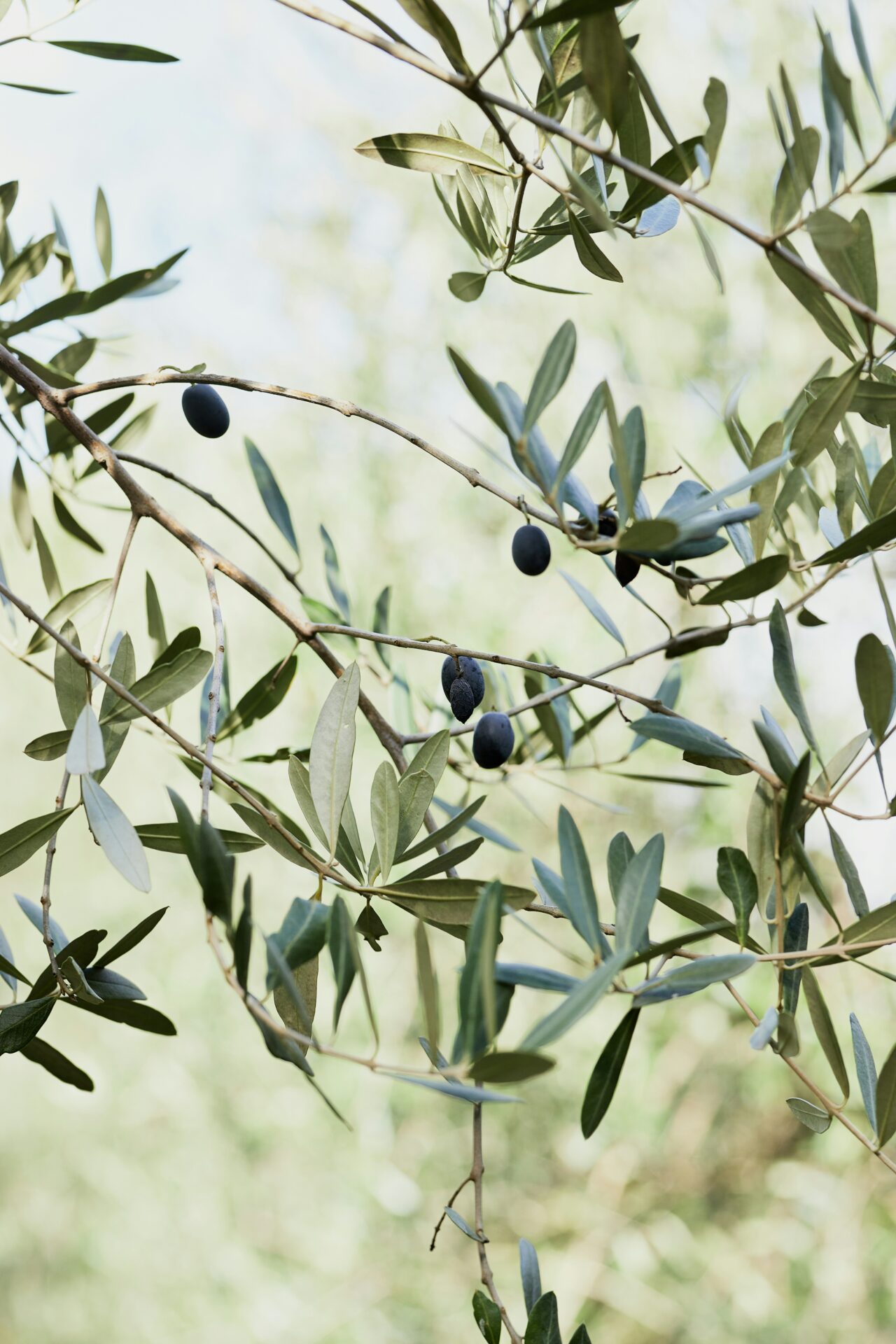
The Allure of Coastal Villages
Liguria’s western coastline is dotted with charming villages that seem frozen in time, where colorful houses cling to cliffs and fishing boats bob gently in azure waters. These seaside communities blend authentic local life with breathtaking views that have drawn travelers for generations.
Lerici and Tellaro: The Pearls Next to The Gulf of Poets
I discovered Lerici while wandering along the eastern edge of the Gulf of Poets, and instantly fell in love with its medieval charm. The imposing castle overlooking the bay dates back to the 12th century and offers spectacular views across the water to Portovenere.
Just a short drive away, the tiny hamlet of Tellaro captured my heart with its pink and yellow buildings perched dramatically on rocky outcrops. Legend has it that the village was once saved from pirate attack by an octopus who rang the church bells to warn sleeping villagers.
Between these two gems lies the beautiful bay of Fiascherino, with small, secluded beaches that are far less crowded than their famous Cinque Terre counterparts.
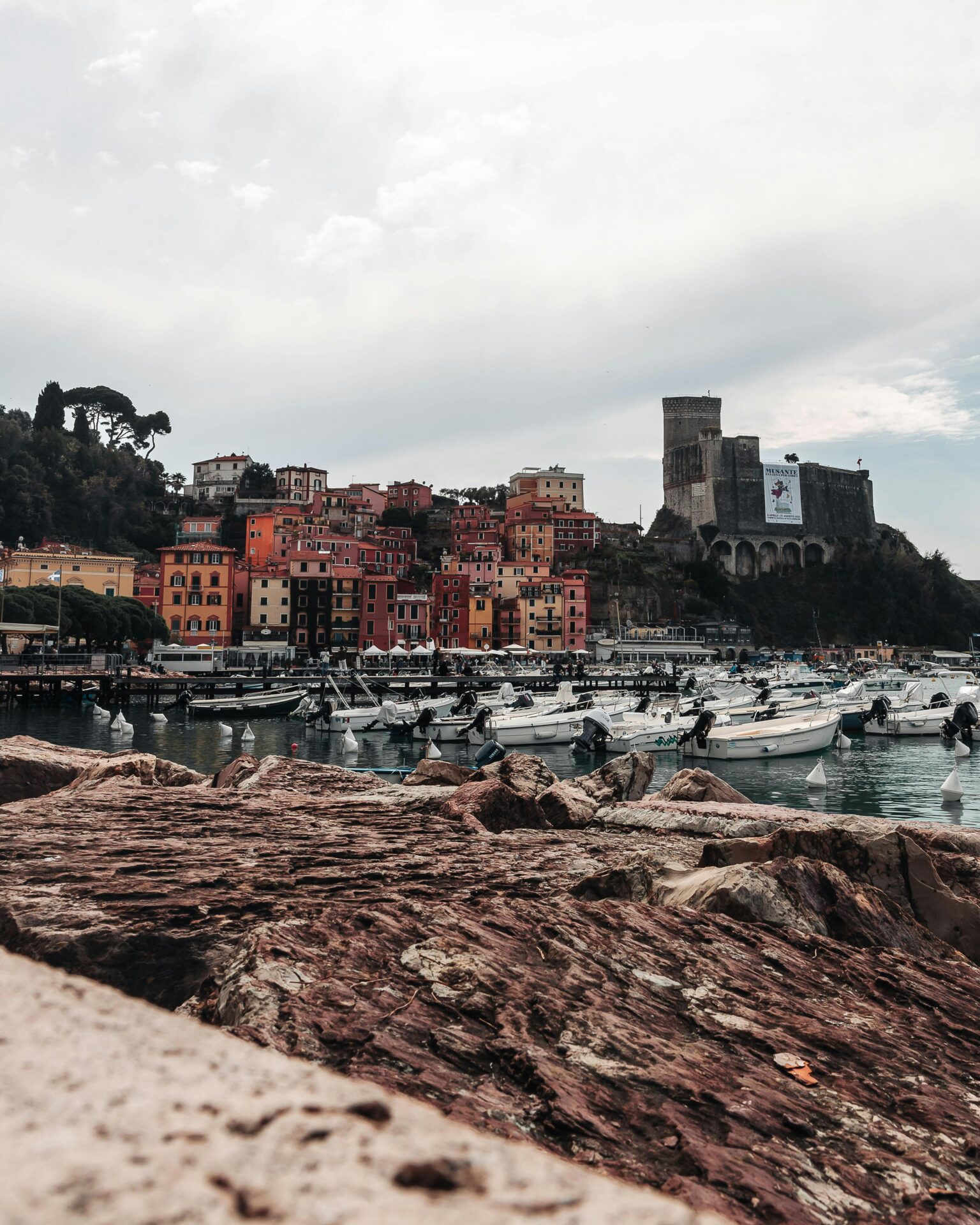
Fishing Villages Turned Tourist Havens
Many of Liguria’s coastal villages began as simple fishing communities before transforming into sophisticated travel destinations. Santa Margherita Ligure exemplifies this evolution with its elegant palm-lined promenade and pastel-colored buildings.
I love watching fishermen mend their nets in the harbor at dawn, a tradition that continues despite the town’s popularity with visitors. The authentic fishing culture remains visible alongside trendy cafés and boutiques.
Local restaurants serve the day’s catch prepared according to centuries-old recipes. Don’t miss trying ciuppin, the local fish stew that fishermen traditionally made with leftover catch.
These villages maintain their working-harbor authenticity while welcoming travelers seeking both relaxation and cultural immersion.
Outdoor Adventures and Cultural Experiences
Liguria’s Western Riviera offers a perfect blend of active exploration and cultural immersion. I’ve discovered that the region’s dramatic landscape creates ideal conditions for outdoor enthusiasts, while its rich history provides fascinating cultural experiences.
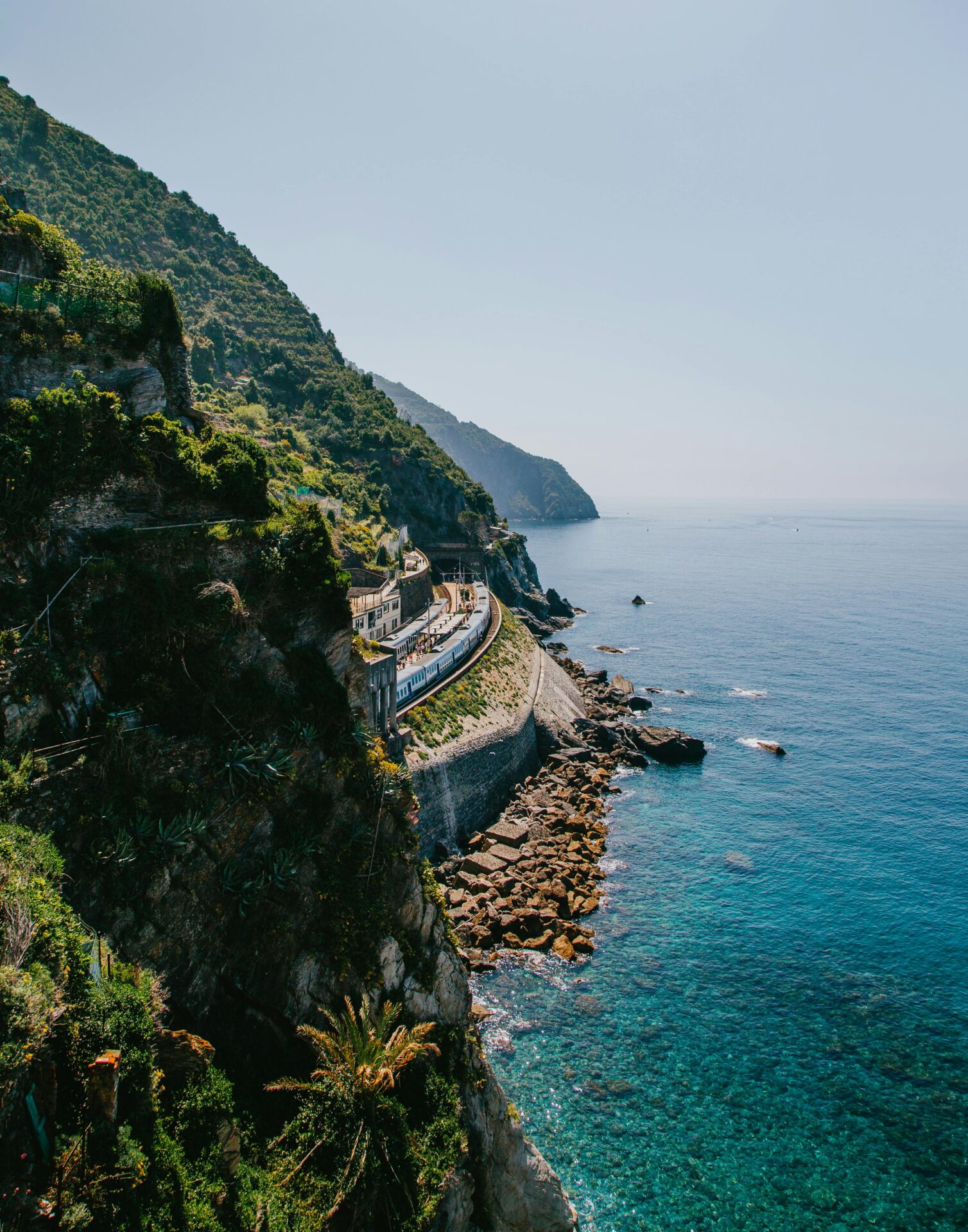
Hiking Trails with a View: From Beachside to Mountaintop
The hiking network in Liguria is simply spectacular. I recommend starting with the coastal path connecting San Terenzo to Lerici, where azure waters accompany you along gentle cliffs. The views are worth every step!
For more challenging terrain, head to the trails above Finale Ligure. These paths wind through aromatic Mediterranean vegetation and offer panoramic vistas of the coastline below.
The best hiking season runs from April to October, though I’ve found early morning summer hikes avoid the midday heat. Pack plenty of water and wear proper footwear, as some trails can be rocky.
My favorite discovery was the Alta Via dei Monti Liguri, a long-distance trail that follows the mountain ridge with breathtaking views of both the sea and inland valleys.
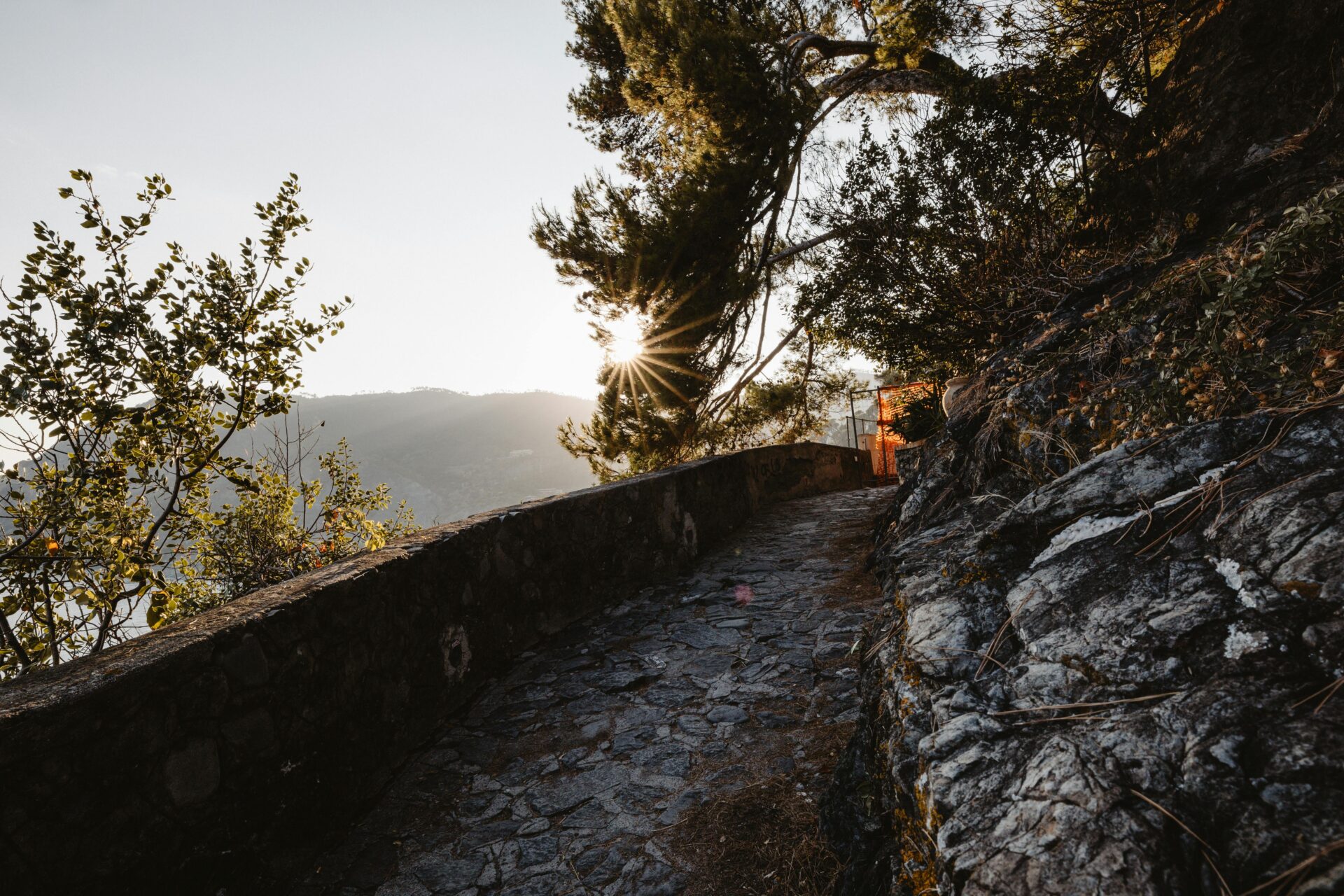
Historical and Architectural Highlights
Finalborgo stands as one of Liguria’s most charming medieval villages. I wandered through its narrow streets, discovering the 12th-century Castel San Giovanni and beautifully preserved churches with remarkable frescoes.
The historic centers of coastal towns reveal layers of history through their architecture. In Noli, I explored medieval towers and ancient city walls that tell stories of its maritime republic past.
Many buildings feature traditional trompe l’oeil façades – painted decorations that create optical illusions of elaborate architectural details. This distinctive Ligurian style fascinates me every time.
Churches throughout the region showcase remarkable artistic treasures. I was particularly impressed by the black and white striped marble façades typical of the Ligurian Gothic style.
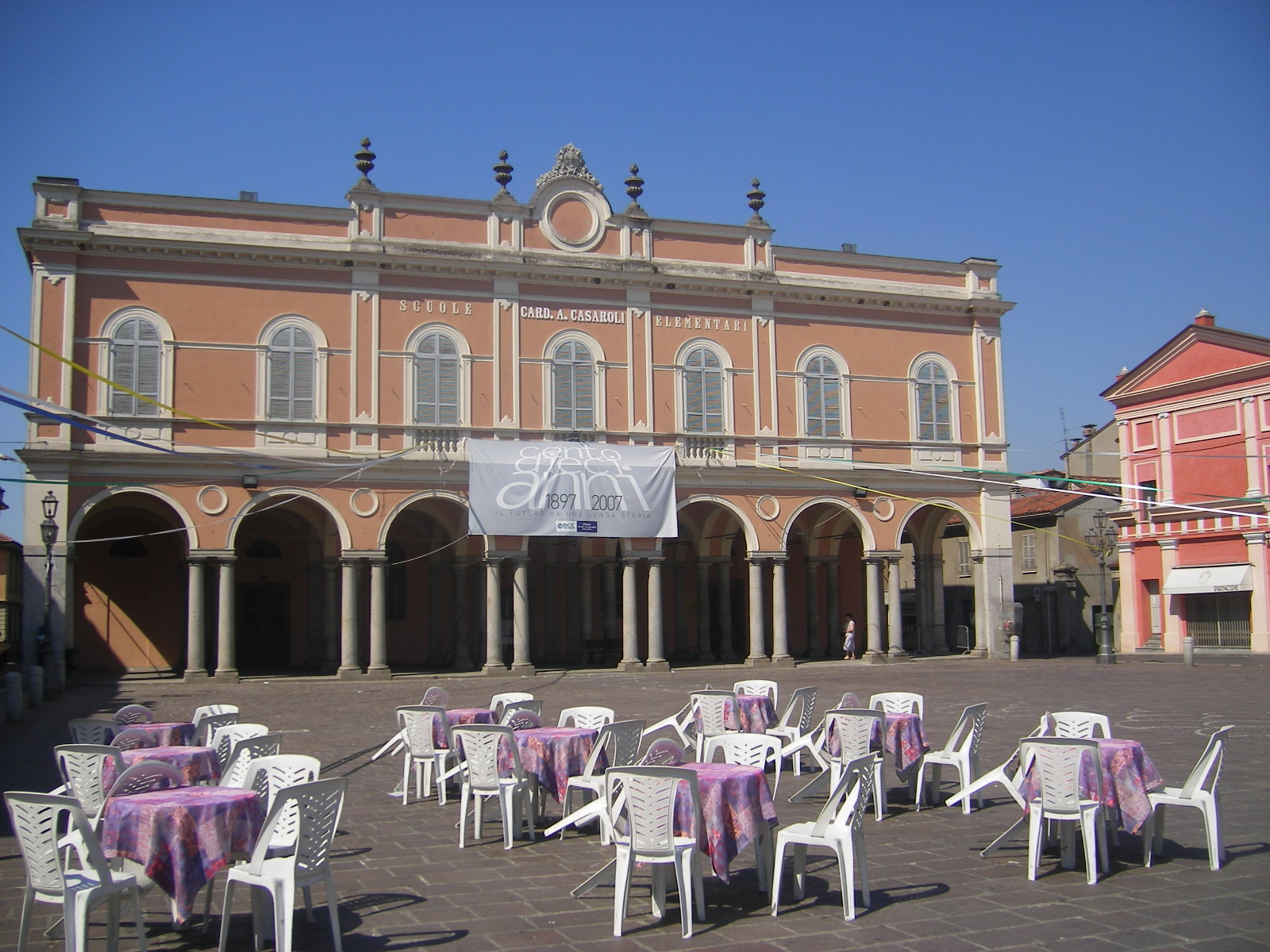
When to Visit Liguria’s Western Riviera
I’ve found that timing your visit to Liguria’s Western Riviera can make all the difference in your experience. The region enjoys a classic Mediterranean climate with distinct seasonal changes.
Best Time to Visit:
- May to June and September are my top recommendations.
- These shoulder seasons offer warm, pleasant temperatures around 20-25°C (68-77°F) with fewer crowds than high summer.
During my May visit, I enjoyed perfect beach weather without the intense heat or packed coastlines. The sea was warm enough for swimming, and restaurants weren’t booked solid.
July and August bring hot temperatures reaching 27°C (80°F) or higher. These months see the biggest tourist influx as Europeans flock to the Riviera for summer holidays.
Winter isn’t ideal for beach activities, but temperatures rarely drop below 10°C (50°F), making it suitable for exploring towns and enjoying local cuisine without summer crowds.
Weather Considerations:
- Spring (March-May): Increasingly warm, occasional rain showers
- Summer (June-August): Hot, sunny, minimal rainfall
- Fall (September-October): Warm days, cooler evenings
- Winter (November-February): Mild but cooler, more rainfall
June offers that perfect balance of summery weather without peak tourist numbers. I’ve found this month ideal for experiencing both beach days and cultural exploration.

